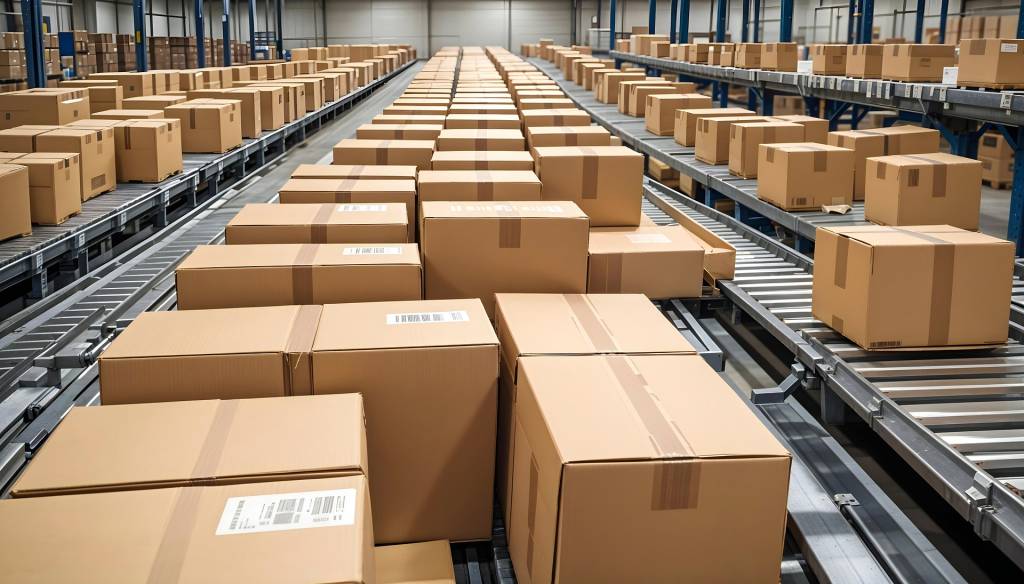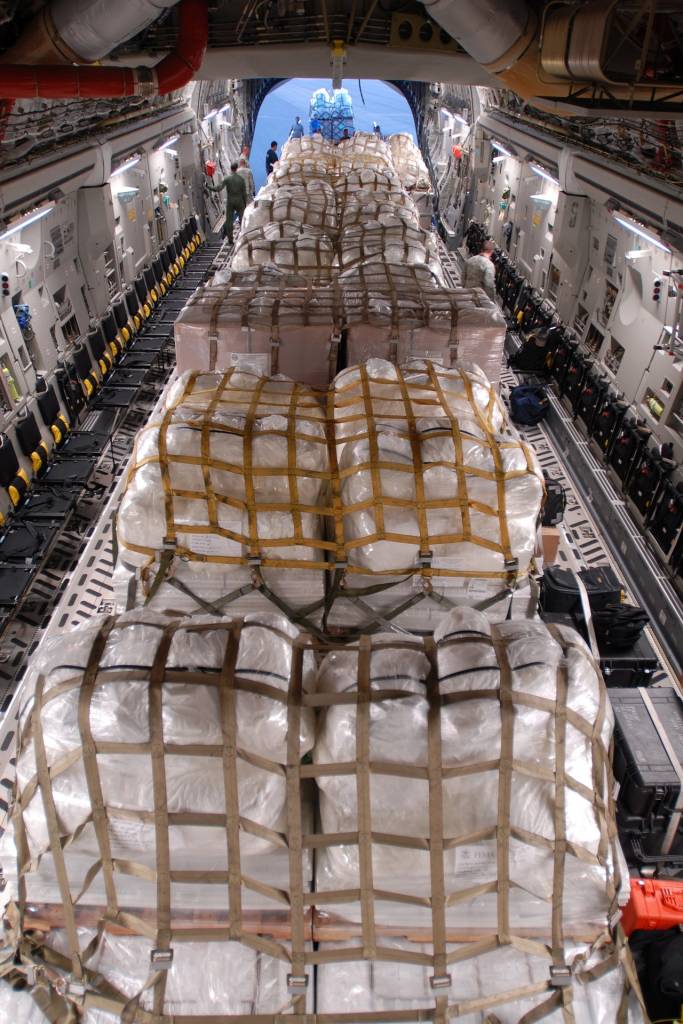Moving fragile items can be a nerve-wracking process, whether you’re transporting delicate glassware, electronics, or priceless antiques. With proper preparation and care, you can ensure your valuables arrive at their destination intact. Here’s a step-by-step guide to safely move fragile items.
1. Gather High-Quality Packing Materials
The right materials are essential for protecting fragile items. Ensure you have:
- Sturdy boxes in various sizes.
- Bubble wrap or foam for cushioning.
- Packing paper or tissue paper to prevent scratches.
- Packing tape and fragile item labels.
- Dividers for items like glasses or plates.
2. Wrap Each Item Individually
Each fragile item should be wrapped individually to minimize the risk of damage.
- For Glassware and Ceramics: Use packing paper to wrap the item first, then cover it with bubble wrap for extra cushioning.
- For Electronics: Remove any detachable parts, secure wires, and wrap the device in bubble wrap. Use anti-static foam or sleeves for sensitive components.
- For Art or Mirrors: Place cardboard or corner protectors around the edges, then wrap the item with bubble wrap.
3. Use Proper Box Packing Techniques
When packing fragile items into boxes, follow these tips:
- Line the box with a layer of crumpled paper or foam peanuts for cushioning.
- Place heavier items at the bottom and lighter items on top.
- Fill empty spaces with packing materials to prevent items from shifting.
- Avoid overpacking, as too much pressure can cause items to break.
4. Label Boxes Clearly
Mark all boxes containing fragile items with clear labels such as “FRAGILE” or “HANDLE WITH CARE.” Include an arrow indicating which side should remain upright. This helps handlers know to treat the package with extra caution.
5. Secure Items During Transport
- For Moving Vehicles: Use straps or padding to keep boxes from shifting. Avoid placing fragile items under heavy boxes.
- For Shipping Services: Choose carriers with a reputation for handling delicate packages and consider adding insurance for valuable items.
6. Plan for Special Conditions
Certain fragile items require extra considerations:
- Temperature-Sensitive Goods: Use insulated packaging or cooling systems.
- Liquids: Seal bottles tightly and wrap them in plastic to avoid spills.
- Antiques: Consider professional crating services for oversized or valuable antiques.
7. Unpack Carefully
When you arrive at your destination, take your time unpacking fragile items. Avoid cutting too deeply into boxes to prevent accidental damage, and remove packing materials gently.
Conclusion
Moving fragile items doesn’t have to be stressful. By using high-quality materials, packing strategically, and taking precautions during transport, you can ensure your valuables remain safe throughout the journey.
“Careful planning and the right techniques are the keys to protecting what matters most.” –
Whether you’re relocating, shipping goods, or moving inventory, these steps will help you handle fragile items with confidence and care.


“Careful planning and the right techniques are the keys to protecting what matters most.”
How to Safely Move Fragile Items: A Guide for Logistics Companies
How to Safely Move Fragile Items: A Guide for Logistics Companies
Transporting fragile items requires precision, expertise, and a systematic approach to prevent damage and ensure customer satisfaction. For logistics companies, safeguarding delicate goods is essential to building trust and maintaining a competitive edge. Here’s a comprehensive guide to handling fragile items with care in a professional logistics environment.
1. Invest in High-Quality Packaging Solutions
Using superior packaging materials is critical to protect fragile items during transit. Logistics companies should:
- Stock a range of durable boxes with reinforced edges.
- Provide bubble wrap, foam sheets, and air cushions for customized protection.
- Use partitioned boxes or dividers for glassware or small fragile items.
- Offer customized crating solutions for oversized, high-value items like antiques or machinery.
- Adopt temperature-controlled packaging for sensitive materials like electronics or pharmaceuticals.
Best Practice: Offer tailored packaging services to clients as an added-value feature, ensuring every item receives the protection it requires.
2. Develop Standardized Wrapping and Packing Protocols
Establishing packing guidelines ensures consistency and reduces errors. Protocols should include:
- Layered Protection: Wrapping items with packing paper, adding a bubble wrap layer, and securing edges for extra protection.
- Weight Distribution: Heavier items go at the base of the package with lighter items on top to prevent crushing.
- Space Filling: All gaps inside the box should be filled with foam peanuts, air pillows, or crumpled paper to prevent movement during transit.
Train staff to adhere to these protocols, ensuring uniform quality in packaging operations.
3. Implement Advanced Tracking and Handling Systems
Leveraging technology is crucial to ensure safe handling and monitoring of fragile items:
- Real-Time Tracking: Use IoT-enabled tracking systems to monitor shipments and alert handlers to any potential mishandling.
- Fragile Item Identification: Utilize RFID tags or smart labels that provide instant information about the contents and handling requirements of each package.
- Automated Handling Systems: Invest in conveyor systems with gentle handling capabilities for sorting fragile goods.
Tip: Integrate tracking updates into client-facing apps or portals for enhanced transparency and customer satisfaction.
4. Train Staff in Handling Fragile Goods
Skilled employees are a logistics company’s greatest asset in protecting fragile items. Regular training should cover:
- Proper Lifting Techniques: Avoiding excessive pressure on fragile packages.
- Securing Items for Transport: Using straps, padding, or pallets to prevent shifting.
- Special Handling Procedures: Techniques for temperature-sensitive, high-value, or oddly-shaped items.
Invest in refresher courses to keep staff updated on industry best practices.
5. Choose Reliable Transportation Solutions
The choice of transportation can significantly affect the safety of fragile items. Logistics companies should:
- Use shock-absorbing vehicles designed for fragile cargo.
- Opt for dedicated freight solutions for high-value items, ensuring minimal handling.
- Employ temperature-controlled trucks or containers for sensitive goods.
For long-distance shipments, multimodal transport (air, rail, sea) should be carefully planned to minimize transit times and ensure safe handling.
6. Monitor and Mitigate Risks During Transit
The journey of fragile items is fraught with risks that logistics companies must proactively manage:
- Vibration and Shock Absorption: Equip vehicles with anti-shock suspension systems to protect cargo during transit.
- Environmental Factors: Maintain appropriate temperature and humidity levels for items prone to environmental damage.
- Insurance Coverage: Offer comprehensive insurance options for high-value shipments, giving clients peace of mind.
7. Prioritize Safe Unloading and Final Delivery
The final leg of the journey is often where fragile items face the most risks. Ensure:
- Proper unloading tools (e.g., dollies, forklifts with padded grips).
- Careful inspection of items upon arrival to identify any issues.
- Timely and secure handoffs to clients with clear documentation.
Pro Tip: Implement a post-delivery feedback system to continuously improve handling and customer satisfaction.
Conclusion
For logistics companies, safely moving fragile items goes beyond simple care—it’s about establishing trust, maintaining quality, and ensuring operational excellence. By investing in advanced packaging solutions, training staff, and implementing technology-driven tracking systems, logistics providers can minimize risks and consistently deliver value to their clients.
“In logistics, the safe handling of fragile items isn’t just a responsibility—it’s a promise to protect what matters most.” – Kevin Smith, Logistics Expert
As the demand for specialized logistics grows, adopting these practices will help companies stay competitive and build long-term client relationships.



